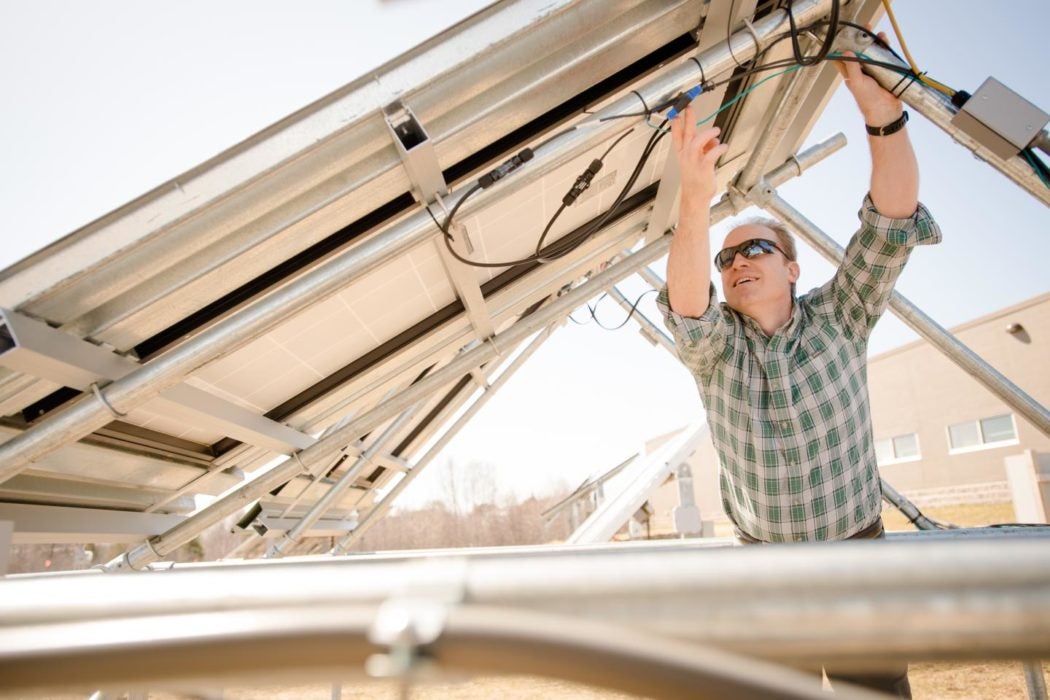As demand for solar energy grew in recent years, so did the need for land for solar farms. Homeowners’ roof installations proved to be efficient enough to power individual houses and even supply electricity back to the grid, but transforming the energy industry to rely on the power of the sun requires solar power arrays installed over big swaths of land. “To completely eliminate the need for burning fossil fuels, solar technology requires large surface areas,” explains Joshua Pearce, materials science and engineering professor professor at Michigan Technological University—and that may not be an easy problem to solve.
First, the local land use laws, which were enacted way before the renewable energy era, could cause problems. But so could the land itself. In the era of climate change, floods, frosts, hurricanes, and otherwise unpredictable weather that can ruin crops leading to food shortages, the land is an ever more precious and finite resource. Past experience showed that taking arable land from food farming and using it for other needs—such as ethanol production, for example—can cause a rise in global food prices and food shortages. And of course cutting down more trees and clearing more land would be counterproductive because it would increase greenhouse gas emissions—as biofuel sudies found out.
So if you were to shift land use from husbandry to solar farming, what land would you choose? Hot and arid places where humans can’t live are certainly a good choice, and engineers are already installing solar farm in paces like the Atacama Desert. But what cropland would you give up in the more moderate climates?
Pearce and his colleague Ram Krishnan, who designs large solar systems, believe that the answer may be in converting tobacco plantations into energy generators. The approach would kill two birds with one stone—it would reduce the production of tobacco, a known health hazard, and help grow the reliance on solar power in the United States. It would be a cost-effective conversion for tobacco farmers too. Despite the fact that tobacco use in America is declining, the farmers continue to grow it because they still can make money from it today, Pearce says. However, if they switch to solar arrays instead, they stand to make more money— by thousands of dollars per acre per year, researchers think. “The cost of solar has dropped so dramatically it is already economically advantageous for tobacco farmers to replace tobacco with solar in many situations,” Pearce says. And in the future, solar farming is poised to become an even more lucrative business, because consumer electricity prices are projected to rise.
The primary things holding the farmers back are the initial equipment and installation costs. However, Pearce argues that with proper government policies this problem can be solved—and it wouldn’t take long to see the benefits. If every tobacco farm in North Carolina converted to solar energy production, they could potentially generate 30 gigawatts of energy—the amount equal to the state’s peak summer electricity load. But more importantly, researchers estimate that such conversion would save over half a million lives a year. That includes 480,000 people who die directly from smoking cigarettes, 42,000 people who die from secondhand smoke effects, and 2,000 lives of those affected by coal-based electricity production. “The real payoff is in American lives saved from both pollution prevention and smoking cessation,” Pearce says.







